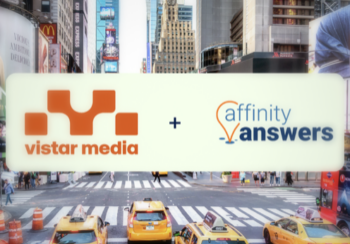How to Destroy Your Current Paid Marketing ROI Using Behavioral Keyword Analysis
Determining paid search keywords by observing social networks behavior provides incredible results.
I’ve done more than my fair share of paid marketing, whether using Adwords, Yahoo (classic), Bing, AOL, CNET, Commission Junction, and probably 10 others. In my years of trying to optimize CTR, ROAS, Impressions, and CPA the one thing that I constantly fought was the problem of diminishing relevance while trying to maximize reach. While I wanted everyone to know about my products, I didn’t want to pay for it.
One of the reasons I joined Affinity Answers was that they solve this reach & relevance problem in a way that nobody else can. Customers have been using Colligent’s unique functionality to evaluate their brands and identify things like brand positioning, brand engagement and return on media planning, but it wasn’t until recently that a few customers started asked about applying it to finding keywords for paid search.
So far, those who have tried it for keywords have been extremely pleased with the results. Using Affinity Answers’ data analysis to determine the best keywords available for Adwords and Facebook contextual ads, our initial customers have attained phenomenal click-through rates while simultaneously reaching new, untapped keyword domains.
Anyone who is familiar with Facebook’s Ad Manager will recognize these metrics. These numbers show the results of one of our customer’s targeted behavioral campaign. The reach and engagement are very impressive by any measure.
Campaign Reach
2,104,688
Frequency
1.4
Social Reach
1,526,104
Actions
534,352
Clicks
219,777
CTR
7.279%
“Overall we saw great engagement with our audience and the targets that you guys provided.”
The standard approach of using keyword relationships and demographics for the target product is proven, however, determining keywords based on true consumer likes and interests we can now more precisely determine consumer interest. And notably, what consumers find “clickable” doesn’t necessarily mean contextually relevant, providing a complex wrinkle in optimizing keywords from now on.
As an internet marketer or paid marketing specialist this is a huge opportunity. Depending on your marketing goals, using Affinity Answers to provide keywords could save significant money from blindly trying to increase reach at the expense of relevance. Try our demo or contact us for more information.


